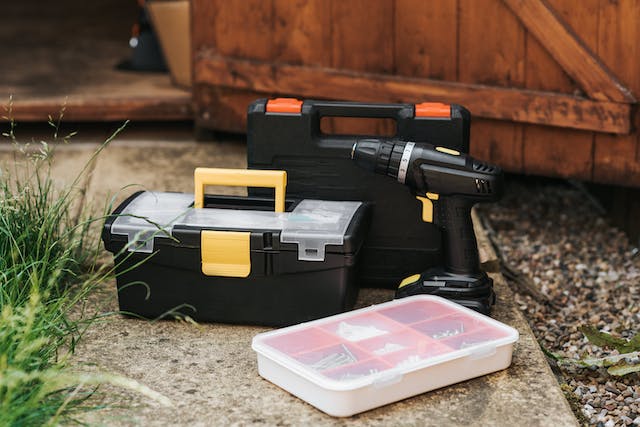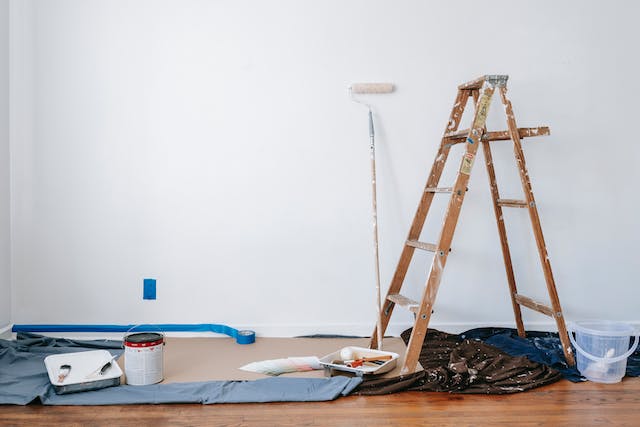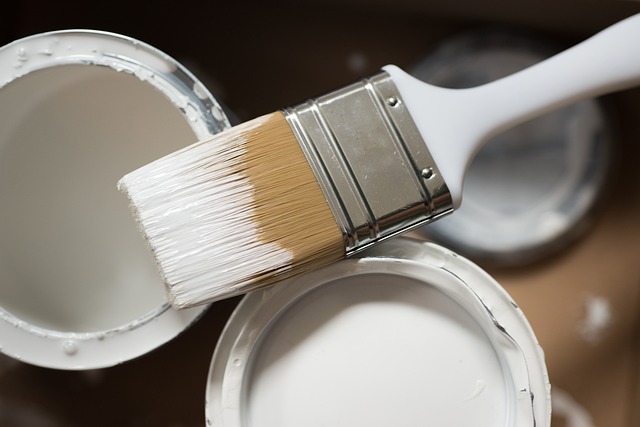Owning a home is a rewarding experience, but it comes with its fair share of responsibilities. Whether you’re a new homeowner or someone who’s been in the game for a while, the ability to handle basic DIY home repairs is an invaluable skill. Not only does it save you money, but it also empowers you to take control of your living space. In this beginner’s guide, we’ll walk you through essential tips and tricks to help you master the basics of DIY home repairs.
- Assemble Your Toolkit
Every DIY enthusiast needs a reliable toolkit. Start with the basics: a quality hammer, a set of screwdrivers, pliers, an adjustable wrench, a tape measure, and a utility knife. These tools will cover a wide range of basic home repair needs. As you tackle more projects, you can gradually expand your toolkit to include specialized items.

- Safety First
Before diving into any DIY project, prioritize safety. Invest in a good pair of safety glasses, work gloves, and ear protection. If your project involves more significant risks, such as working with power tools, don’t forget a dust mask and sturdy work boots. Taking precautions ensures that you enjoy your DIY journey without any unnecessary mishaps.
- Learn to Patch and Paint
One of the most common DIY tasks is patching and painting. Whether it’s a small hole in the wall or a ding on the door, knowing how to patch and paint properly can make a huge difference. Start by cleaning the surface, applying a quality patching compound, and sanding it smooth. Once dry, prime and paint to match your existing color scheme.

- Plumbing Basics
Leaky faucets and clogged drains are common household issues. Arm yourself with the knowledge of basic plumbing repairs. Learn to fix a leaky faucet by replacing a worn-out washer or reseating the faucet. For clogged drains, a plunger or a drain snake can be your best friends. Understanding the basics of plumbing can save you from costly emergency calls to a plumber.
- Electrical Safety and Repairs
While electrical work can be intimidating, there are several simple tasks that homeowners can tackle safely. Start by learning how to replace a light switch or an electrical outlet. Always turn off the power before attempting any electrical work, and if you’re unsure, consult with a professional. As you gain confidence, you can move on to more advanced projects, like installing a ceiling fan or a new light fixture.
- Fixing Common Door Issues
Doors can be a source of frustration when they don’t close properly or stick. Learn how to adjust hinges, install weather stripping, and fix a squeaky door. These simple tasks can improve the functionality of your doors and contribute to a quieter, more comfortable home.
- Basic Carpentry Skills
Understanding basic carpentry is essential for any DIY enthusiast. Start with straightforward projects like building a small shelf or repairing a wobbly table. As you gain confidence, you can progress to more advanced carpentry tasks, such as framing a wall or installing crown molding. Online tutorials and DIY books are excellent resources for expanding your carpentry skills.
Mastering the basics of DIY home repairs is a journey that pays off in more ways than one. Not only does it empower you to maintain and enhance your living space, but it also fosters a sense of accomplishment and self-sufficiency. As you embark on your DIY adventure, remember that every project is an opportunity to learn and grow. Happy repairing!
